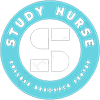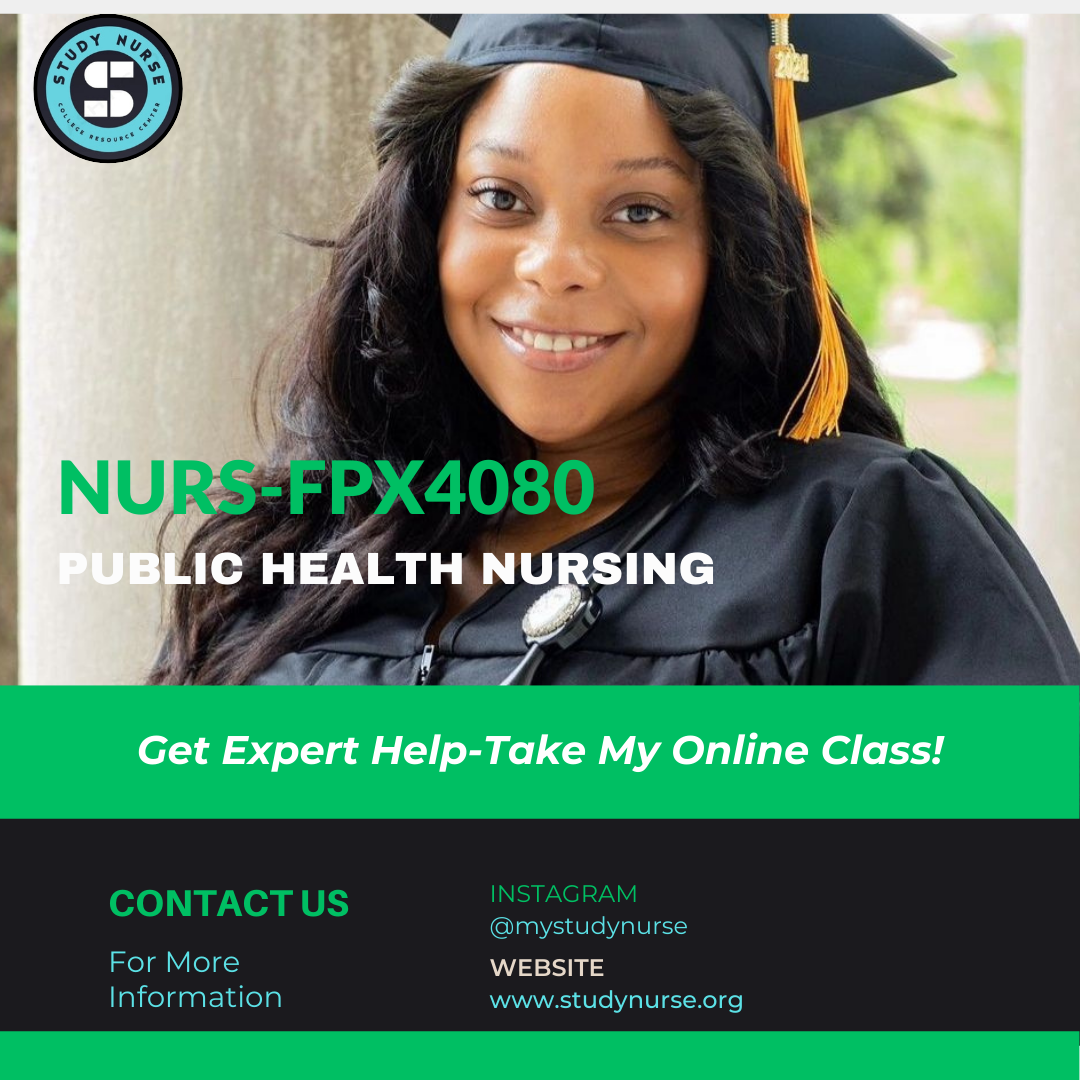Project Charter
Part 3 |
||||
| SWOT Analysis | ||||
| Strengths | ||||
| · The team has individuals with immense skills and knowledge that are relevant to issues involving the quality and safety of patient care.
· The project focuses on one of the fundamental areas that influence brand credibility and patient satisfaction. As such, key statistics such as patient fall rates and injuries guide the care team to make informed decisions on the value of hourly rounding checklists. · Using hourly rounding checklists will strengthen vigilance and promote interdisciplinary collaboration (Morris et al., 2022). · The high-priority nature of the project will reduce costs, readmissions, prolonged hospitalization, and other adverse outcomes that undermine organizational competencies.
|
||||
| Weaknesses | ||||
| · Incomplete patient falls and injuries records may limit the project team from developing a comprehensive hourly rounding checklist.
· There is no guarantee that the care team will adhere to the rounding procedures at all times. · The healthcare team may overlook environmental issues such as lighting that also expose patients to falls and injuries and instead focus more on the patient’s condition. |
||||
| Opportunities | ||||
| · Using hourly rounding checklists will provide sufficient data to identify gaps in the system and respond on time to ones that could cause falls and injuries (Anu, 2021).
· Hourly rounding checklists provide viable and sustainable means for monitoring and remaining vigilant across the care continuum. · The project creates opportunities for patients to play active roles in sharing details about human, technical, and administrative challenges associated with falls and injuries (LeLaurin & Shorr, 2019). |
||||
| Threats | ||||
| · Increased patient traffic may limit the workforce from using the hourly rounding checklists consistently and with the intended keenness.
· Hierarchical barriers may limit the nursing team from dedicating time and energy to producing the intended safety outcomes. · Staff turnover may require the organization to spend heavily on training and educating new nurses on hourly rounding checklists and effective use across the care continuum.
|
||||
| Risk Level (Low, Medium, High) | Risk | |||
| High | Lack of adequate time to perform the round | |||
| Medium | Rounding interruptions | |||
| Low | Inability to remember issues observed | |||
| Medium | Patient acuity | |||
| Low | High employee turnover increases the cost of training | |||
| Medium | Ineffective communication undermines the effectiveness of interdisciplinary collaboration | |||
| Low | Staff non-adherence to hourly rounding procedures | |||
Communication Strategy |
||||
| Communication is a priority for the successful adoption of the hourly rounding checklist. The goal is to build and sustain an open and honest environment where members of the care team share details of patient fall risks and injuries and necessary interventions. Mayo Clinic has online communication platforms including the website, email, and social media that make it easier to share information. The culture of interpersonal communication also helps professionals from different departments to share details of operational gaps and improvements necessary to optimize patient care. Additionally, regular staff updates make everyone familiar with issues in the clinical environment. For this project, the manager will share a detailed report with executive sponsors. A PowerPoint presentation will also provide insights into the progress and implications of hourly rounding checklists on patients, organizations, and the healthcare team. Further, Gantt charts will provide direction in terms of milestones and deliverables throughout the project.
|
||||
Constraints |
||||
| In this project, the experience and knowledge of the team will reduce constraints that may undermine the successful implementation of the project. However, one major concern is developing a comprehensive hourly rounding checklist to cover all technical, human, and administrative gaps. Another constraint is ensuring and monitoring staff compliance with the hourly rounding procedures (Leah et al., 2021). Such monitoring is difficult in the event of increasing patient traffic or staff turnover. Nonetheless, training, regular updates, and culture reinforcement will promote consistent use of rounding checklists. | ||||
External Dependencies Analysis |
||||
| The success of the project depends on contributions made by a consultant. The project also depends on cross-departmental input, including the need to involve specialists from other hospitals to share ideas on the best ways to implement hourly rounding checklists. Every department should embrace interdisciplinary collaboration and share ideas on improvements to optimize patient outcomes. | ||||
| Project Outcome Success Measures | ||||
| Metric | Outcome Measure | Process Measure | ||
| The number of reported patient falls and injuries cases. | Reduce patient falls and injuries by 20% by the fourth week of the implementation period. | · Patients’ demographic and medical profiles are considered across the care continuum.
· Efficient lighting. · Access to essentials such as bathing and other personal items.
|
||
| Staff compliance with safety rounding procedures. | Enhance nurse compliance with patient handling practices by 30% by the sixth week of the implementation phase | Team-based functions are necessary to improve interdisciplinary collaboration. The care team strengthens oversight and vigilance to enhance the effectiveness of rounding checklists across the care continuum. | ||
| Prolonged hospitalization associated with falls and injuries. | Reduce falls-related prolonged hospitalization by 100% within six months. | · Risks intercepted on time.
· Collaborative vigilance facilitates timely reporting of technical and human-related gaps associated with falls and injuries. · Careful assessment of a patient’s medical needs and demographic details such as age. |
||
| Data Collection and Management Plan | ||||
| Data collection is necessary to ascertain the effective use of hourly rounding checklists. For effective use of hourly rounding checklists, the facility will utilize its patient database, which provides details of medical history, demographic information, and vulnerabilities to patient falls and injuries. The management plan entails the adoption of HIPAA privacy, confidentiality, and security rules (Cohen & Mello, 2018). Staff training is also crucial to prevent unauthorized access or sharing of PHI within and outside the hospital. The organization also requires increased oversight, vigilance, and verification of details to ensure that falls and injuries assessments match patients’ needs and expectations. Microsoft Excel software is crucial for analyzing data and producing tabular, graphical, and other statistics that are easy to understand. | ||||

Get Expert Help with NURSFPX-4060
| · Ethical Considerations |
| · The project team will utilize informed consent to acquire feedback from patients on technical, human, and administrative gaps that increase the risk of falls and injuries.
· The privacy, security, and confidentiality of all medical records align with HIPAA rules and standards (Cohen & Mello, 2018). · Only the project team manager and members have access to protected information. · The IT team will track all activities in the company’s database to prevent unauthorized access and sharing of information. |
References
Anu, J. (2021). Hourly rounding and fall prevention among the elderly in long-term care: A change Process. Journal of Geriatric Medicine, 3(1), 1-4. https://ojs.bilpublishing.com/index.php/jgm/article/download/2614/2742
Cohen, I. G., & Mello, M. M. (2018). HIPAA and protecting health information in the 21st century. JAMA, 320(3):231-232. https://jamanetwork.com/journals/jama/fullarticle/2682916
Leah, C., Michael, P., John, C., Megan, C., John, F., Theresa, O., Beth, T., & Ursula, N. (2021). Improving compliance with a rounding checklist through low- and high-technology interventions: A quality improvement initiative. Pediatric Quality and Safety, 6(4), 1-7. https://journals.lww.com/pqs/Fulltext/2021/07000/Improving_Compliance_with_a_Rounding_Checklist.21.aspx
LeLaurin, J., & Shorr, R. (2019). Preventing falls in hospitalized patients: State of the science. Clinics in Geriatric Medicine, 35(2), 273-283. https://www.ncbi.nlm.nih.gov/pmc/articles/PMC6446937/
Morris, M., Webster, K., Jones, C., Hill, A., Haines, T., McPhail, S., Slade, S., Heng, H., Shorr, R., Carey, L., Barker, A., & Cameron, I. (2022). Interventions to reduce falls in hospitals: A systematic review and meta-analysis. Age and Ageing, 51(5), 1-11. https://academic.oup.com/ageing/article/51/5/afac077/6581612



